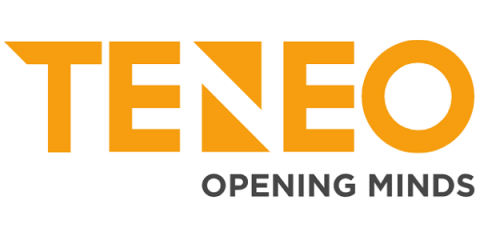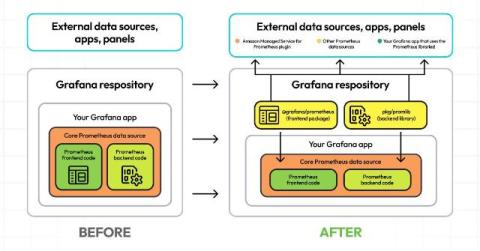Why Italy is Europe's Next Cloud Expansion Hotspot
With a growing network sector, flourishing digital landscape, and exciting growth targets, there’s never been a better time to expand your business to Italy. Italy has long been known for its rich history, culture, cuisine, and natural beauty. But beyond tourism, Italy is an economic powerhouse and a growing player in the global tech scene. In recent years the country has experienced impressive growth, emerging as one of the largest economies in Europe.










